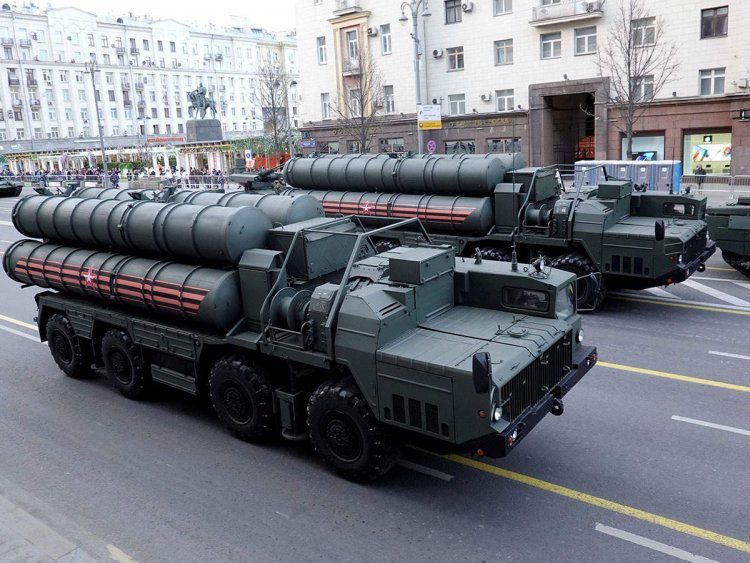India - China: Strong Case for Upping India’s Defence Spending
STORIES, ANALYSES, EXPERT VIEWS

The United States of America is the largest military spender. It incurred 39 per cent of the World’s Military Expenditure in 2022. It was followed by China at 13 per cent. Russia, despite the Ukraine war, was just at 3.9 per cent and India was at 3.6 per cent followed by Saudi Arabia and the United Kingdom at 3.3 per cent and 3.1 per cent, respectively.
India and China’s defence budget
The People’s Republic of China (PRC) announced an annual defence budget of about $224.79 billion for fiscal year 2023. India, by comparison, has a defence budget of $72.6 billion in fiscal 2023–24. China spends more than the next 17 Indo-Pacific militaries combined. The US, by contrast, spends 10 times more on defence than what China does. There is, therefore, writes Manish Tewari (former Congress Minister) “a very strong case for upping India’s defence spending or bringing down the threats and challenges to India’s national security……
“Quixotically, the official budget released by the Chinese every year accounts for only a fraction of its actual defence spends. It does nor account for a whole range of military expenditure…..”
Opportunity for India
Tewari underlines the fact that “there is a huge gap between the defence numbers of the first four countries. This assertion, therefore, that the United States wants a closer defence relationship with India to only ‘muscle' into the Indian defence market may not entirely be correct.” The reasons why the United States wants a closer defence relationship with India “are purely strategic.”
The opportunity for India is “to build an entirely new approach that can underpin both its defence frameworks and strategic relationships for the 21st century should it choose to do. That relationship and framework has to take into account the challenges, realities and imperatives of the 21st century…….”
The reality of India’s defence self reliance
The reality is about whether India is really autonomous today, when according to data published by the London-based International Institute for Strategic Studies (IISS) publication, the Military Balance, more than 90 per cent of the Indian Army’s armored vehicles, 69 per cent of combat aircraft operated by the Air Force and Navy, and 44 per cent of the Navy’s submarines and warships are of Russian origin? Also, 65 per cent of these vessels are armed with Russian missiles.
There might be valid reasons as to why this dependency came to manifest itself but, argues Tewari “does this rubric really fit the definition of strategic autonomy? In a situation whereby Russia itself is under tremendous stress with its war effort committed to supplying the Ukrainian front, how much would it be able to spare and supply if the push came to a shove for India? It is a question that neither has been seriously asked much less an answer attempted.”
With India’s defence indigenisation programme still in infancy, It is “imperative that old paradigms need to be discarded and a fresh approach that really guarantees ‘strategic autonomy’ in terms of defence preparedness be crafted with dispatch.”
















